How to deal with blossom end rot of tomatoes and peppers
Miscellaneous / / July 18, 2023
If the plants are treated in time, you can get a healthy harvest.
What does vertex rot look like and why is it dangerous?
This disease affects both green and ripening fruits of tomatoes and sweet peppers. First, small swamp-colored spots appear on them. As the disease progresses, the affected areas grow and become grayish-brown, and then almost black in color. Tomatoes and peppers begin to literally rot and, when pressed, spread in the hand.
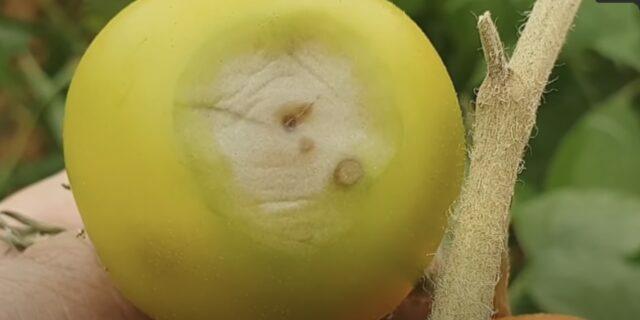
1 / 0
Blossom rot on a tomato. Frame: Ivan Russkikh / YouTube
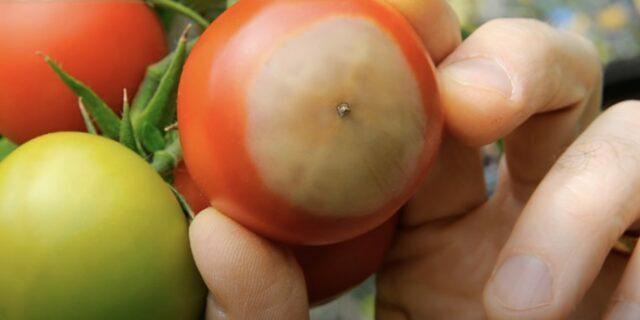
2 / 0
Blossom rot on a tomato. Frame: Ivan Russkikh / YouTube
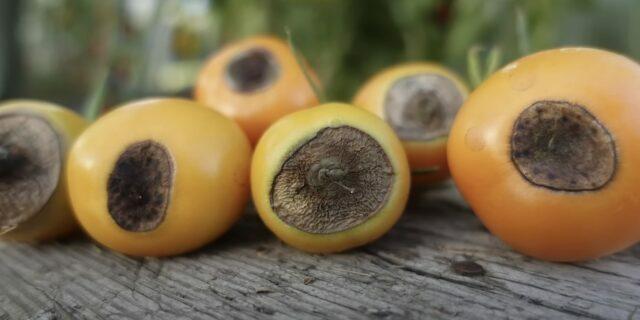
3 / 0
Blossom rot on tomatoes. Frame: Natalia Petrenko Garden Club / YouTube
Fruits infected with blossom end rot ripen faster than healthy specimens, after which they fall to the ground. They are not suitable for consumption and for seed collection.
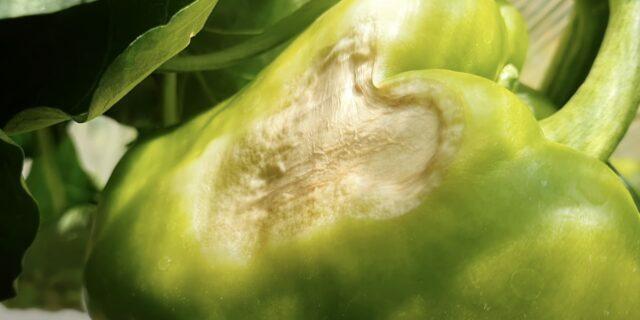
1 / 0
Blossom rot on peppers. Frame: Far from the city (garden + farm) / YouTube
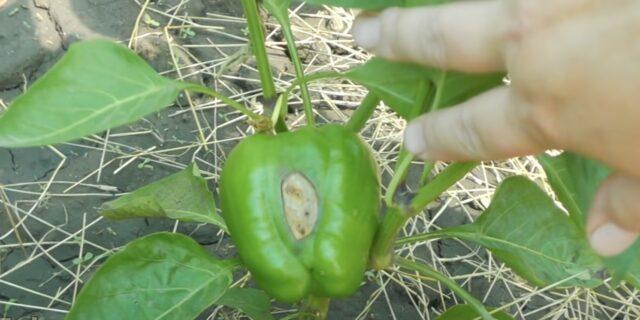
2 / 0
Blossom rot on peppers. Frame: Tatyana gardener / YouTube
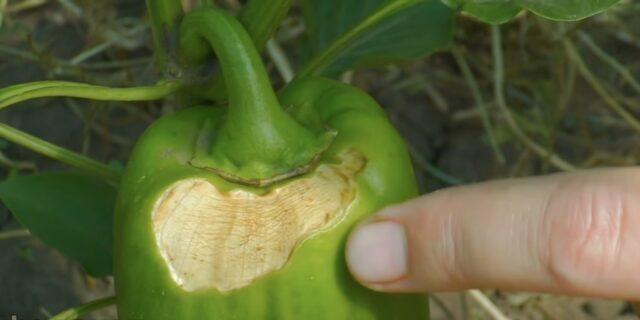
3 / 0
Blossom rot on peppers. Frame: Tatyana gardener / YouTube
The main causes of blossom end rot on plants are insufficient soil moisture and high air temperature. Under such conditions, the root system receives less nutrition and begins to take strength from the fruits. Also, the disease is activated with a low calcium content in the soil and an excess of nitrogen fertilizers.
The good news is that blossom end rot is not contagious. That is, if one plant in garden and vegetable garden sick, this does not mean that the same fate will befall the "neighbors".
What to do before dealing with blossom end rot
- Carefully inspect all the ovaries on the plants. Without regrets, remove and burn the affected tomatoes and pepperseven if the spots of blossom end rot are very small. Such fruits cannot be saved.
- Adjust watering. Moisten the bed 1-2 times a week, and even more often in the heat. Pour about 5 liters of water under each tomato bush, pepper will need 3-4 liters. Do it early in the morning or in the evening at sunset.
How to get rid of blossom end rot with fertilizer
Spraying with nutrient solutions high in calcium will help plants get this important nutrient quickly. If you make up for the deficiency in a timely manner, you will have time to receive healthy harvest.
Prepare one of the following solutions:
- dilute 10–15 g of calcium nitrate in 10 liters of water;
- Dissolve 10 ml of calcium chloride in 6 liters of water.
Thoroughly spray the leaves of the plants with the mixture. Carry out the procedure early in the morning or in the evening so that drops of the product do not cause burns under the influence of sunlight. Repeat treatments 2 times a week until signs of blossom end rot disappear.
How to get rid of blossom end rot with wood ash
Stir 100 g of wood ash in 1 liter of boiling water. Let the solution stand overnight at room temperature. Then dilute the mixture with 10 liters of water.
Spray the leaves generously with the resulting liquid. tomatoes and peppers. Do this in dry weather in the morning or evening at sunset every 7 days until the top rot is gone. After rain, carry out an extraordinary treatment.
How to get rid of blossom end rot with the help of special preparations
Fungicides will come to the rescue - products that can be found in stores or garden centers. There are chemical preparations (for example, Topaz or Revus) and biological preparations (Alirin-B, Fitomycin, Fitosporin, Anti Vershinka). When choosing a specific mixture, consider how long the vegetables can be eaten. The chemicals usually take 1-2 weeks or more to clear, and when treated with biofungicides, fruits can often be eaten the next day. It is better to look for specific terms on the package.
Read the instructions carefully before use. It indicates the method of preparing the solution, consumption rates and multiplicity treatments, which may vary depending on the drug and manufacturer.
The principle of working with mixtures will be similar: you need to generously spray the plants with a product in dry weather in the morning or in the evening, and then repeat the procedure one or more times, depending on the manufacturer's recommendations.
Read also🧐
- How to get rid of the Colorado potato beetle
- How to deal with powdery mildew on cucumbers and other plants
- How to get rid of cabbage and save the crop
- What to do if scab appears on trees, bushes and vegetables
- How to get rid of thrips on strawberries, cucumbers, roses and other plants



